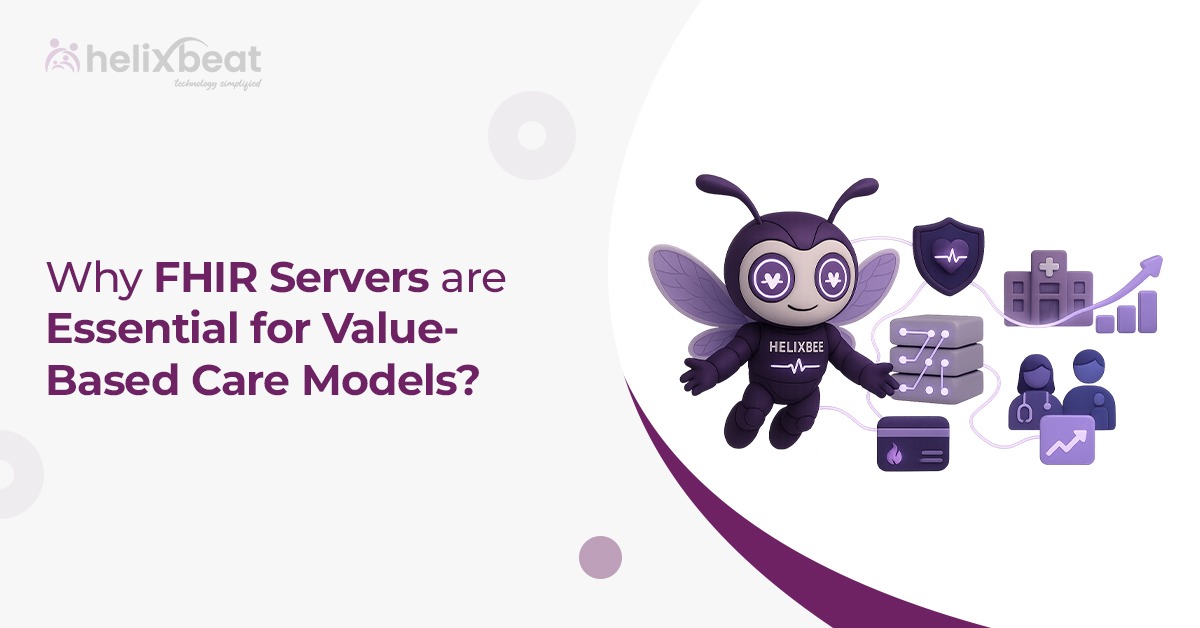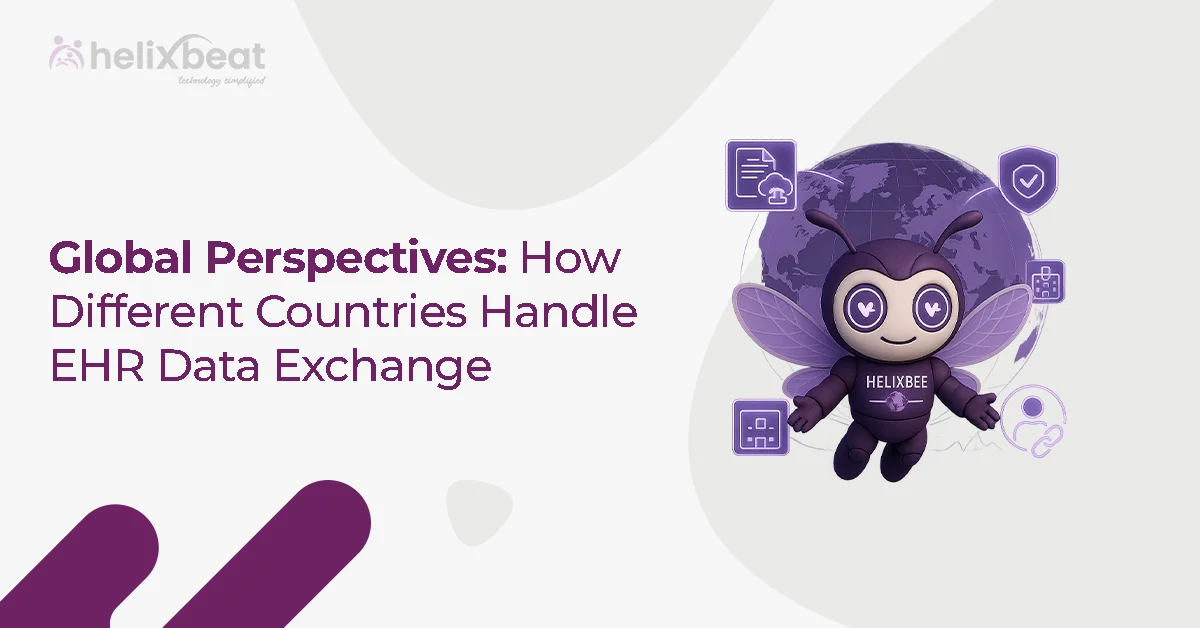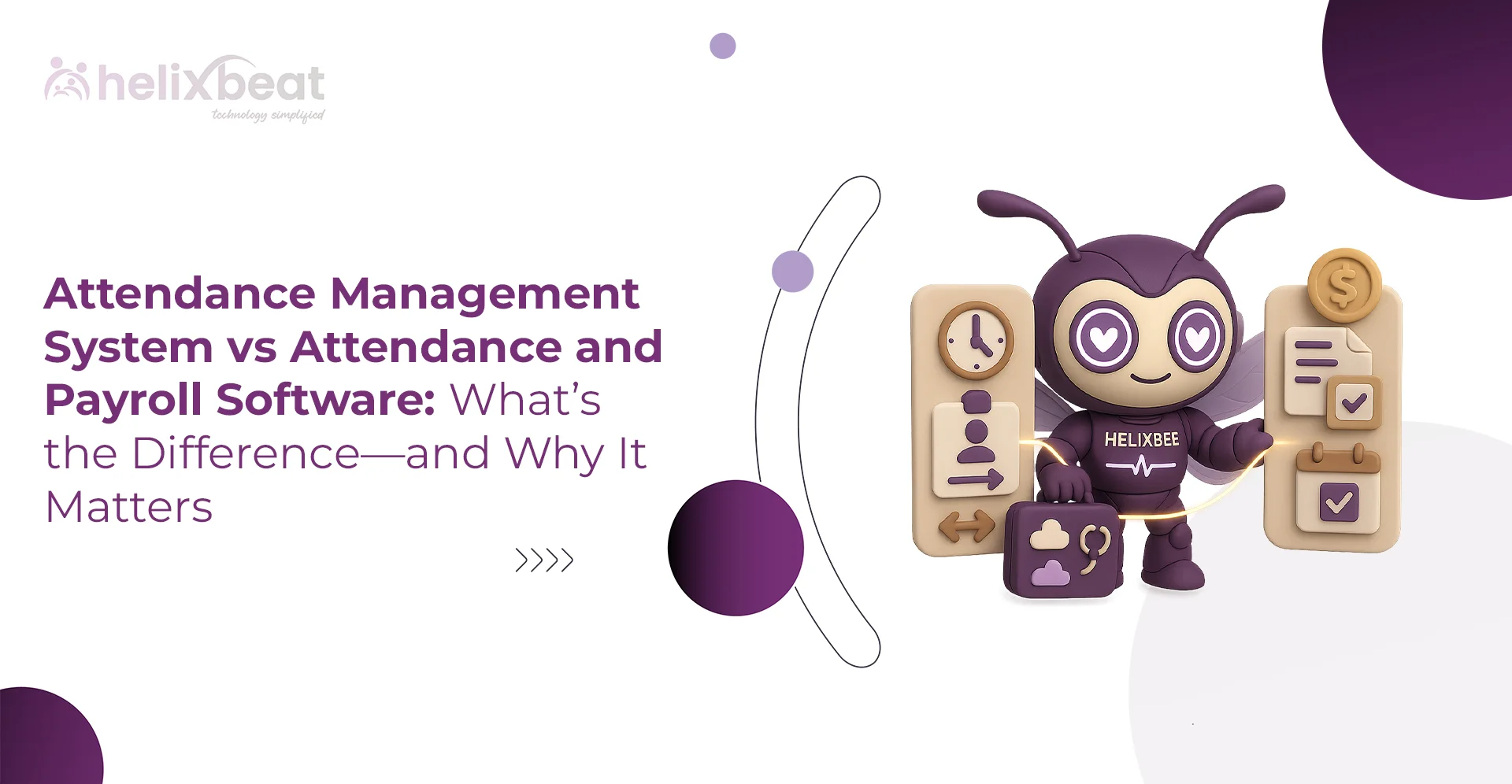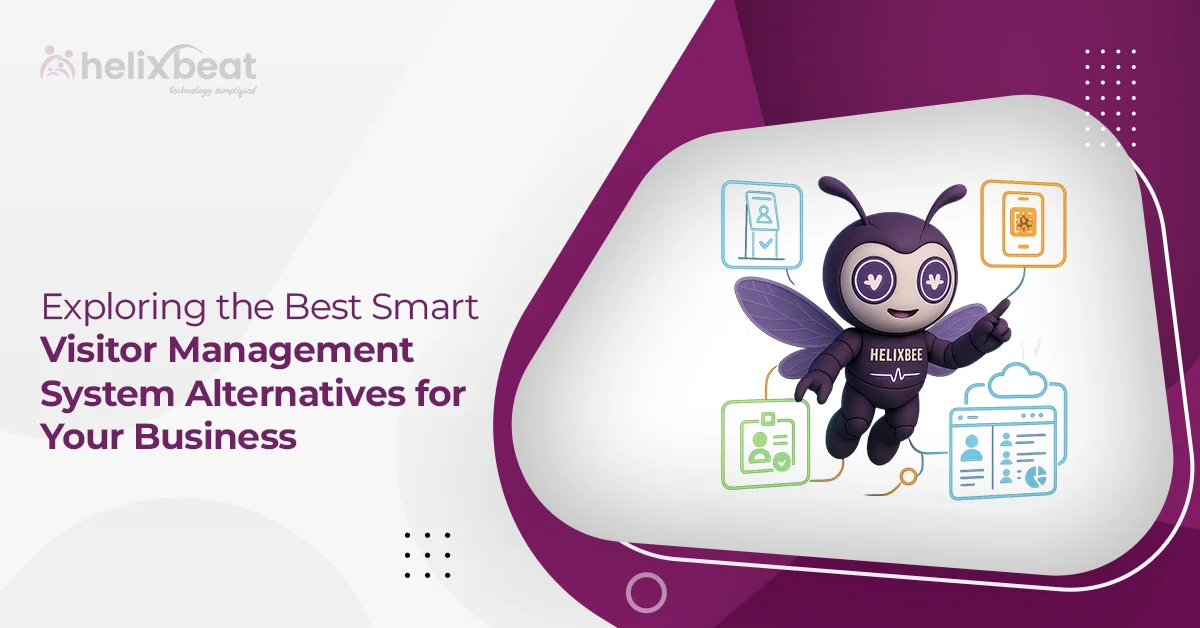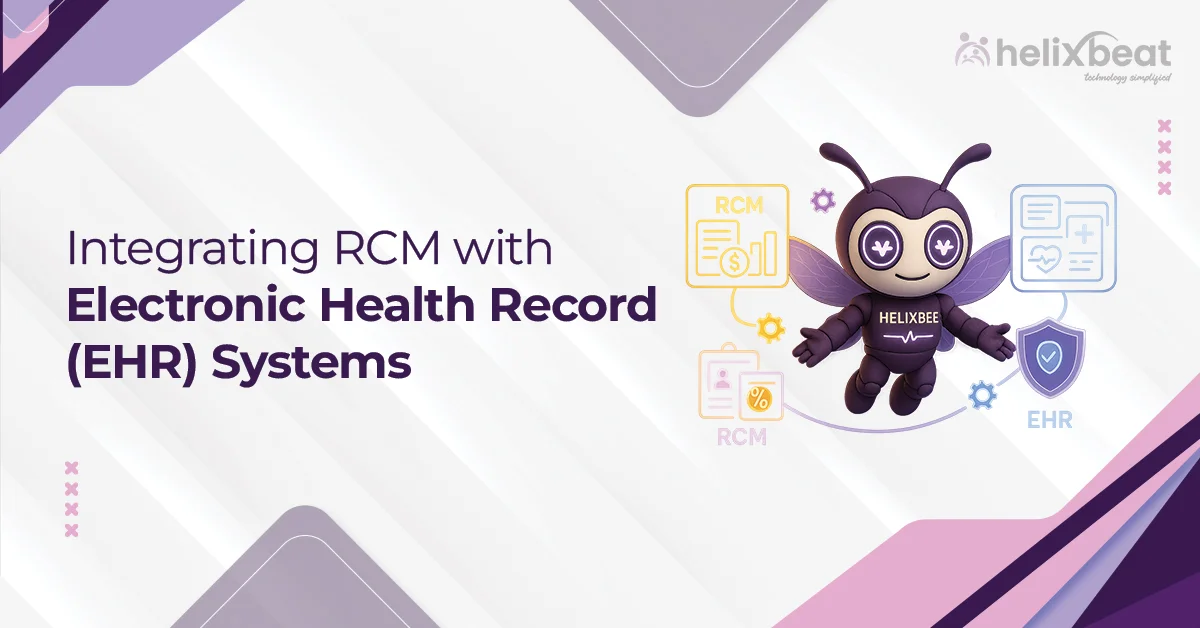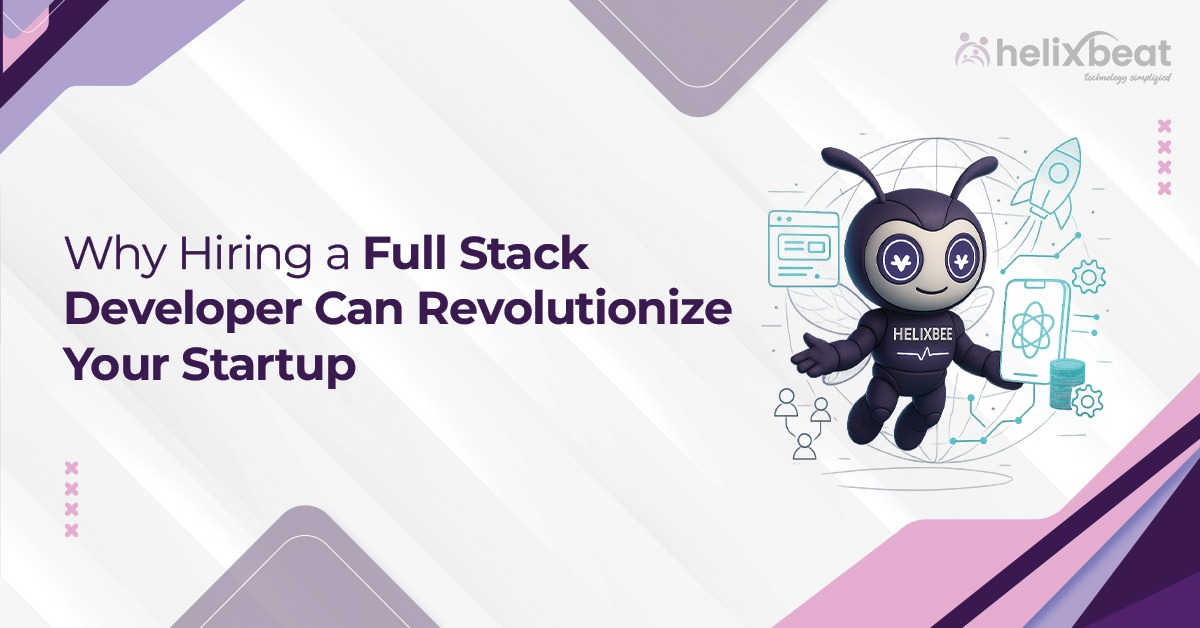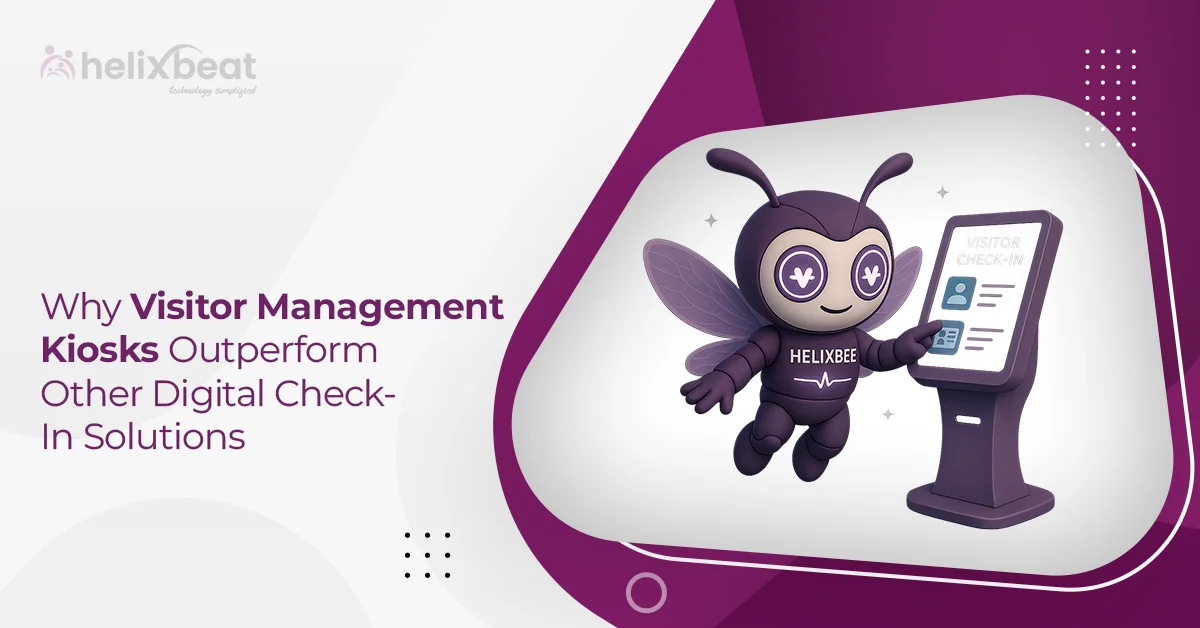Today, value-based care is rapidly changing the healthcare world. Instead of paying for the number of services given, this new approach focuses on what truly matters: better patient results. However, this shift from traditional fee-for-service systems demands seamless data exchange, real-time insights, and coordinated efforts among providers, payers, and patients. That’s where the FHIR server comes in.
In this blog, we will explore exactly why FHIR servers are important, highlighting their critical role in interoperability, care coordination, and beyond.

Table of Contents
Understanding Value-Based Care Models
Value-based care models focus on delivering high-quality healthcare while controlling costs, rewarding providers based on patient health improvements rather than the number of procedures performed. In these models, accountable care organizations (ACOs), managed care organizations (MCOs), and payers collaborate to manage population health, prevent diseases, and optimize resources. However, its success hinges on access to comprehensive, timely data that reveals patterns in patient behaviors, risk factors, and treatment efficacy.
Traditional systems often suffer from data silos, where information remains trapped in disparate electronic health records (EHRs). Value-based care requires breaking these barriers to enable proactive interventions, such as identifying high-risk patients for early treatment or closing care gaps through preventive measures. Here, the FHIR server emerges as a key enabler, providing the infrastructure to integrate clinical, administrative, and even lifestyle data into a cohesive view.
This integration supports personalized medicine, where treatments are tailored to individual needs, ultimately leading to better outcomes and improved financial performance.
The Fundamentals of FHIR Servers
A FHIR server acts as a centralized platform that uses the FHIR standard to store and exchange healthcare data securely via RESTful APIs. It handles resources—modular units of information like patient demographics, allergies, medications, or observations—and links them through references to create an interconnected web of data. Unlike older standards, FHIR servers leverage modern web technologies such as JSON, HTTP, and OAuth, making them adaptable and easy to integrate with existing systems.
FHIR servers come in various deployment models, including the facade model, which delivers data in real-time from legacy sources, and the repository model, where data is copied to a dedicated storage for on-demand querying. These models allow organizations to scale APIs efficiently, addressing needs from small clinics to large payer networks.
For example, payers can use FHIR servers to validate resources against profiles. This makes claims processing and billing faster, and it helps keep the data accurate.
Enabling Interoperability in Healthcare
Interoperability forms the backbone of value-based care, and FHIR servers excel in this area by bridging gaps between EHRs, patient apps, research platforms, and payer systems. They provide a common framework for data exchange, allowing disparate systems to communicate without custom integrations. This capability addresses the longstanding issue of data silos, where critical information fails to flow between providers and payers.
In value-based care, interoperability through FHIR servers means payers can access clinical data from various sources, transforming it into usable formats for organization-wide sharing. For example, standardized requests via FHIR APIs reduce the need for manual chart reviews or fax exchanges, saving time and minimizing errors. This seamless data flow facilitates population health management by helping providers to analyze aggregated data and identify trends, allowing them to intervene effectively.
Moreover, FHIR servers align with regulatory standards like HIPAA, incorporating authentication mechanisms such as OAuth 2.0 and encryption via Transport Layer Security (TLS), boosting trust in data exchanges.
Improving Care Coordination and Patient Outcomes
Care coordination is a pillar of value-based care, and FHIR servers enhance it by providing reliable access to patient data across teams. Providers can connect patients to community resources, track care journeys, and collaborate in real-time, leading to better health outcomes at scale. For example, FHIR servers help create a patient data intelligence graph that links clinical records with lifestyle factors like exercise and nutrition, which can then uncover correlations useful for preventive treatments.
In practice, this means care teams make faster decisions based on comprehensive views of patient history. Besides, FHIR servers support mobile environments, facilitating telehealth and field-based care management, which proves particularly valuable for managing chronic diseases. By integrating EHR data with FHIR standards, organizations can stratify risks, close care gaps with real-time alerts for screenings, and improve metrics like HEDIS and STAR ratings.
Ultimately, this patient-centric approach, powered by FHIR servers, boosts satisfaction and longevity while aligning with value-based incentives.
Driving Cost Efficiency and Operational Improvements
Cost efficiency defines value-based care, and FHIR servers contribute by streamlining operations for payers and providers. They retrieve data digitally in binary formats, making it easy to integrate with systems and eliminating inefficiencies from traditional methods. As a result, payers benefit from faster claims processing, applications, and billing, as FHIR servers validate data against profiles for quick, accurate transactions.
FHIR servers also support analytics by normalizing and mapping data from structured and unstructured sources, using tools like natural language processing (NLP) to extract insights. This leads to fewer avoidable admissions and procedures, directly impacting financial performance. In a broader sense, the adaptability of FHIR servers lowers IT burdens, as their RESTful architecture allows easy updates and scalability, offering cost savings over complex legacy systems.
FUSION: Supercharge Your Healthcare Solutions with FHIR APIs
Built with RESTful APIs, FUSION is a FHIR server created to deliver easier, faster, and more accurate data exchange.
FUSION stores patient data in FHIR format, which is the global standard for healthcare data. This enables different apps, hospitals, and systems to communicate with each other and share critical health information in real-time.
What sets FUSION apart is that it also stores medical coding systems like SNOMED CT, LOINC, and ICD. This keeps all data consistent, accurate, and ready for clinical use, reporting, and analytics.
Key features of FUSION include
- FHIR-native architecture
- Plug-and-play APIs for rapid deployment
- Real-time data sharing across multiple endpoints
- Strong security controls that meet compliance standards
- Support for both structured and unstructured data
Whether a hospital wants to exchange records with external labs or enable app-based clinical tools, FUSION acts as the smart bridge, without needing to replace existing infrastructure.
Final Thoughts
FHIR servers represent a cornerstone for value-based care models, powering interoperability, care coordination, and efficiency that lead to superior patient outcomes and cost management. As healthcare continues to focus on value over volume, adopting FHIR servers will enable organizations to harness data effectively and drive innovation in personalized care.
Discover how FUSION, with its FHIR-native architecture, can transform your healthcare systems today.
FAQs
1. What is the role of FHIR servers in care coordination?
FHIR servers provide healthcare teams with reliable access to patient data, facilitating real-time collaboration and enabling proactive care decisions for better patient outcomes.
2. How do FHIR servers improve patient outcomes in value-based care?
By enabling efficient data exchange and providing a comprehensive view of patient history, FHIR servers help healthcare providers make faster, more informed decisions, leading to better health results.
3. Can FHIR servers support mobile healthcare solutions like telehealth?
Yes, FHIR servers facilitate mobile and field-based care management, making them ideal for supporting telehealth platforms and managing chronic conditions remotely.
4. How does FUSION enhance healthcare data exchange?
FUSION, a FHIR server, offers plug-and-play APIs, real-time data sharing, and strong security controls, boosting seamless communication across multiple healthcare systems.



